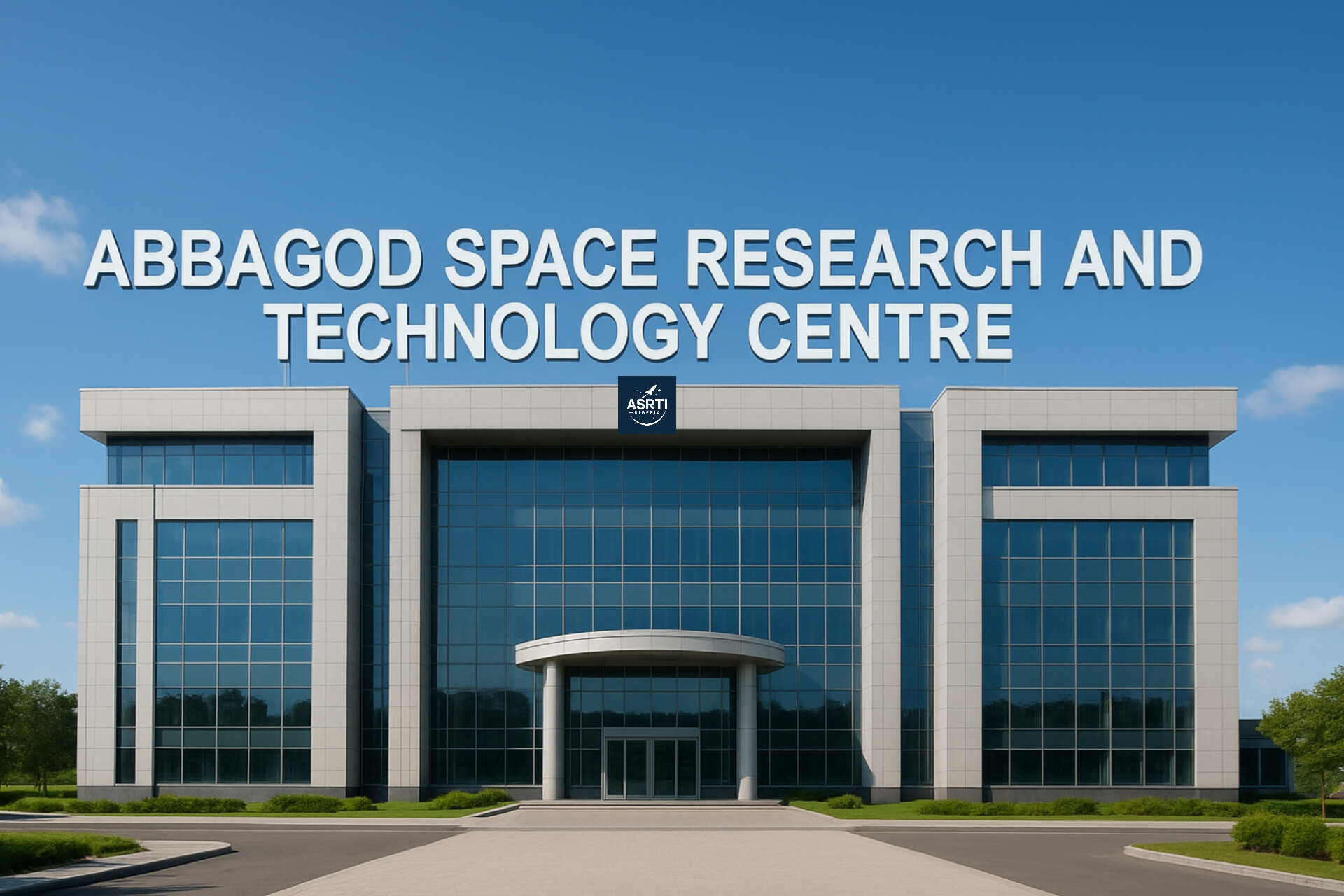CONCEPT NOTE
Establishment of the AbbaGod Space Research & Technology Centre: Harnessing Space Science and Technology for National Development. (Inspired by Kennedy Space Centre, USA, and NASA Langley Research Centre)

Nigeria, with its vibrant youth population and growing demand for technological innovation, requires a hub where science, technology, and innovation can thrive. While the Nigerian Space Research and Development Agency (NASRDA) provides national leadership, there is no public-facing facility where citizens, students, entrepreneurs, and professionals can engage with space science and advanced technology at an experiential level
The AbbaGod Space Research & Technology Initiative (ASRTI_NIGERIA) seeks to bridge this gap by establishing a world-class Space Research & Technology Centre.
The centre will inspire future scientists, engineers, and entrepreneurs while supporting cutting-edge research, innovation, and economic growth.
This centre will be a national hub for education, research, innovation, and public engagement, attracting students, professionals, entrepreneurs, and visitors from across Nigeria and beyond.

Vision & Objectives
- * Ignite interest in STEM education for children and youths.
- * Drive cutting-edge research in aerospace, robotics, AI, and satellite systems.
- * Foster entrepreneurship and innovation through incubation hubs.
- * Build Nigeria’s reputation as a continental leader in the space sector.
- * Create jobs and boost the tech-driven economy.
Proposed Facilities
1. Visitor & Education Complex – Planetarium, space museum, simulators, STEM labs.
2. Research & Development Centre – Aerospace, AI/Robotics, astrophysics, satellite labs.
3. Entrepreneurship Hub – Startup incubators, maker spaces, mentorship programs.
4. Training Wing – Classrooms, auditoriums, professional training facilities.
5. Recreation Zone – Rocket Garden, Science Park, Rides, Gift Shops, Event Spaces.
6. Admin & Operations – Offices, ICT, security, and facility management.
Estimated cost
Phase 1 (1–2 years): $100M – $150M
Phase 2 (3–5 years): $150M – $300M
Phase 3 (6–8 years): $300M – $600M
Phase 4 (9– 10 years): $600M – $800M
Total: $600M – $800M
Impact
- * Visitors: 150,000 in Year 1 → 2M annually by Year 10.
- * Jobs: Thousands of direct and indirect employment opportunities.
- *National Benefits:*
- * STEM talent development, tourism revenue, global recognition.
- * Sustainable investment in the future of space science and technology development.
- * Pioneering Technology that redifines space research
- * Connecting minds across the globe
- * Engaging communities to shape the future
Funding Sources
Federal Government of Nigeria (Science, Education, Tourism)
International organizations (UNESCO, AU, World Bank, AfDB)
Private sector partnerships (banks, oil & gas, telecoms, tech companies)
Ticket sales, events, sponsorships
Conclusion
The AbbaGod Space Research & Technology Centre will be a landmark project, shaping Nigeria’s future in science and technology while boosting innovation, tourism, and education. It will inspire generations, attract global collaborations, and position Nigeria as Africa’s gateway to space and advanced technology.
Be part of the future — support the AbbaGod Space Research and Technology Centre project today. Together, we can spark innovation, unlock new frontiers, and build a brighter tomorrow for generations to come
Direct Financial Contribution: